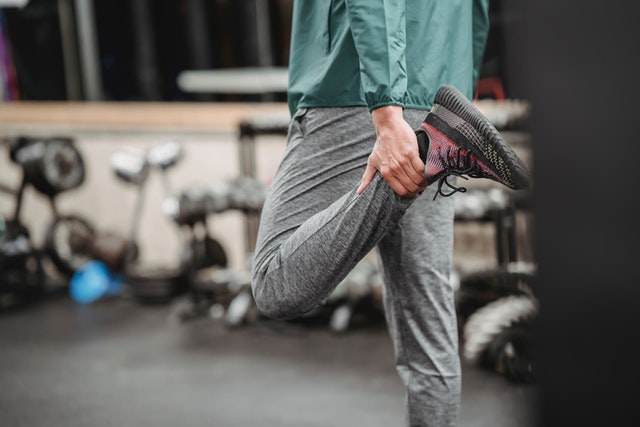While aging is associated with a progressive decline in physical activity, it is thought that balancing only starts to decline sometime after an individual enters their sixties. 1
Falls have been shown to be the second leading cause of unintentional injury-based deaths worldwide. 1
It is estimated that 684,000 individuals die each year from fall-related injuries globally, with over 80% of those deaths happening in low- to middle-income countries. 1
Currently balance assessments aren’t incorporated into yearly exams, as there is currently no standardization for balance assessments. 1
If a simple, inexpensive, reliable, and safe balance assessment tool is available for doctors and clinicians, it could help identify patients who may need additional fitness/exercise interventions to help improve their balance.
A recent study was completed with older individuals within the age range of 51 to 80+ years of age, in determining if there was a correlation between being able to successfully hold a 10-second one-legged stance and overall survival. 1
The one-legged stance (with different time intervals) has been used to assess balance for more than 50 years. 1
What they found was that performance on the 10-second one-legged stance was both strongly and negatively influenced by age. 1
This meant that the patients who failed to hold the 10-second one-legged stance were at the older end of the age range (over the age 71), and looked to have an overall higher risk of all-cause mortality compared to those who could hold the 10-second one-legged stance. 1
Reference:
1) Araujo CG; Grüne de Souza e Silva C; Laukkanen JA; Singh MF; Kunutsor SK; Myers J; Franca JF; and Castro CL. (2022) ‘Successful 10-second one-legged stance performance predicts survival in middle-aged and older individuals’ Br J Sports Med June 27 2022; doi:10.1136/bjsports-2021-105360
Photo by Julia Larson at Pexels



